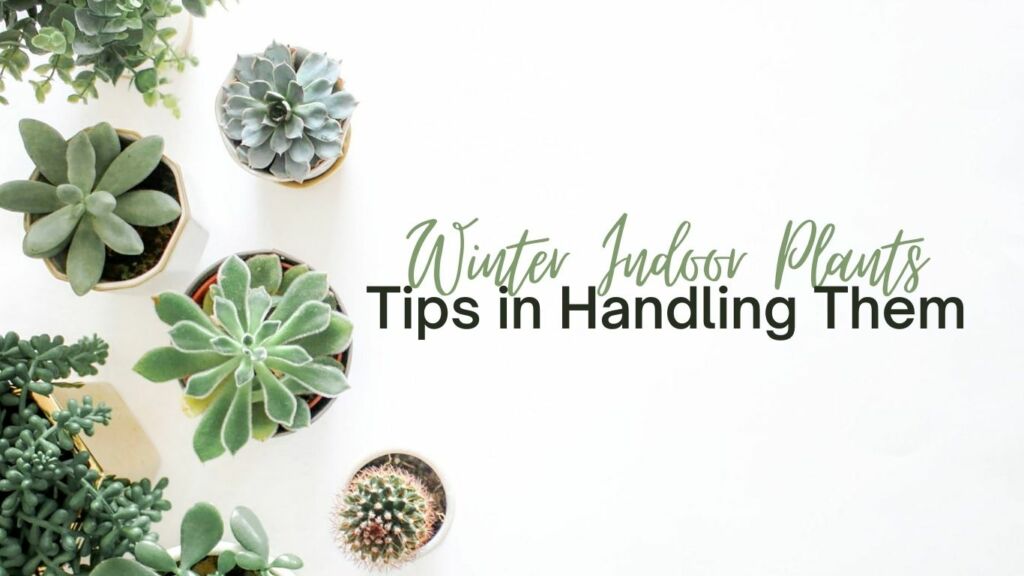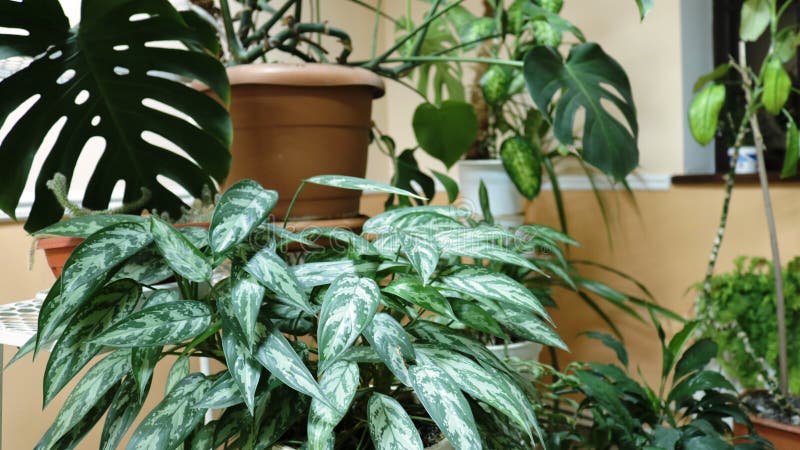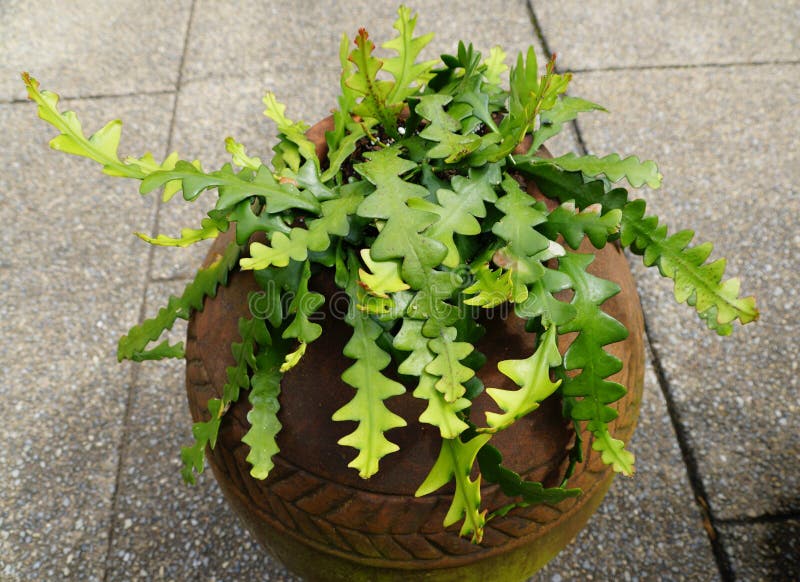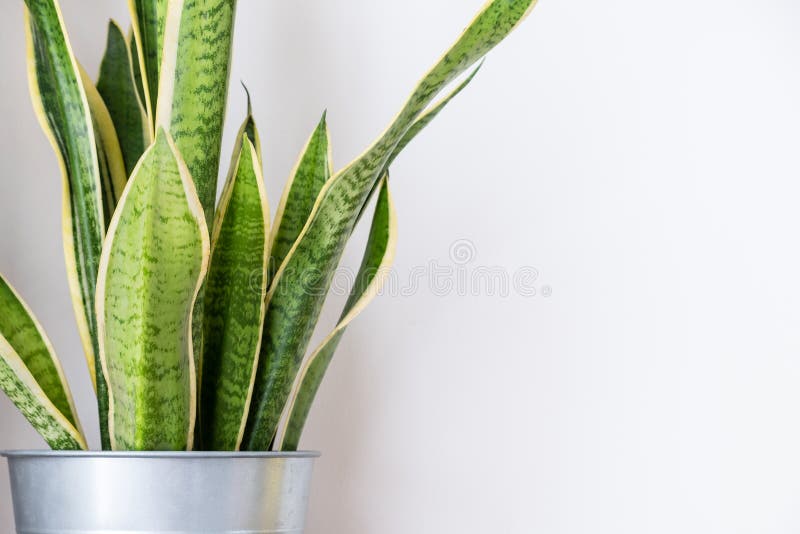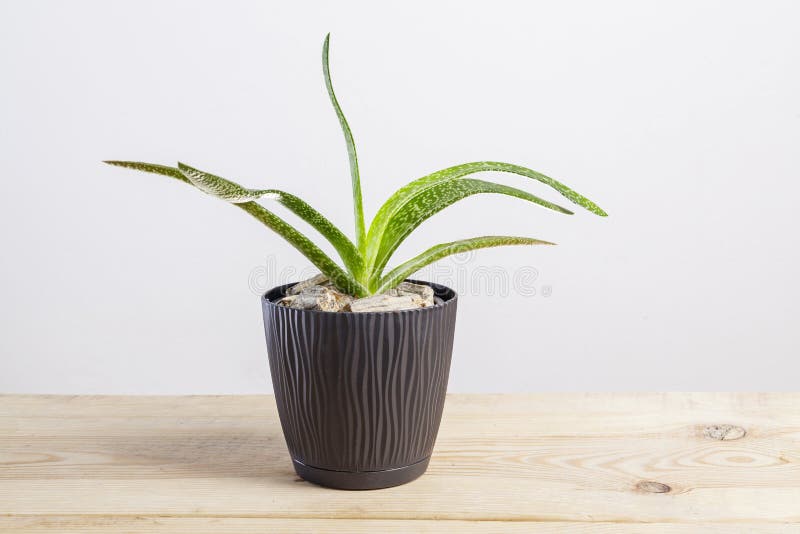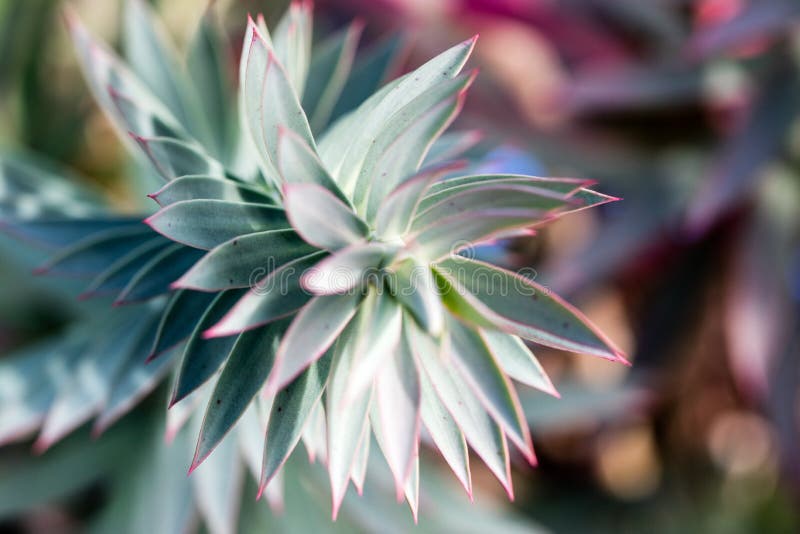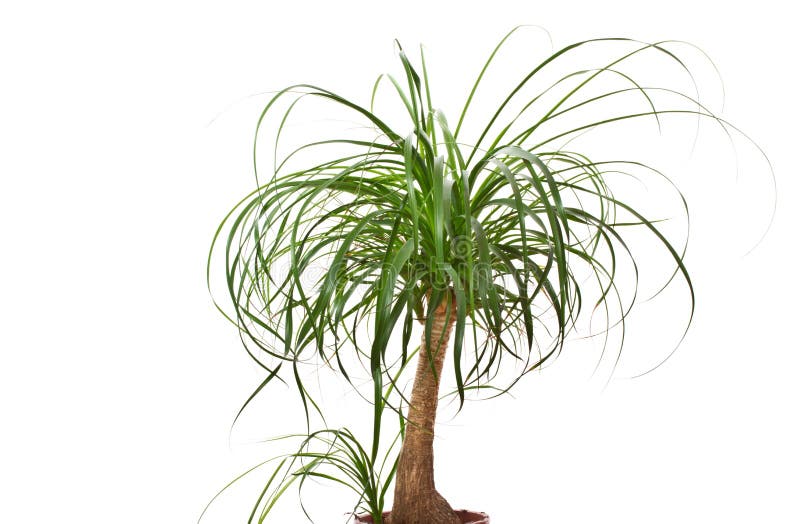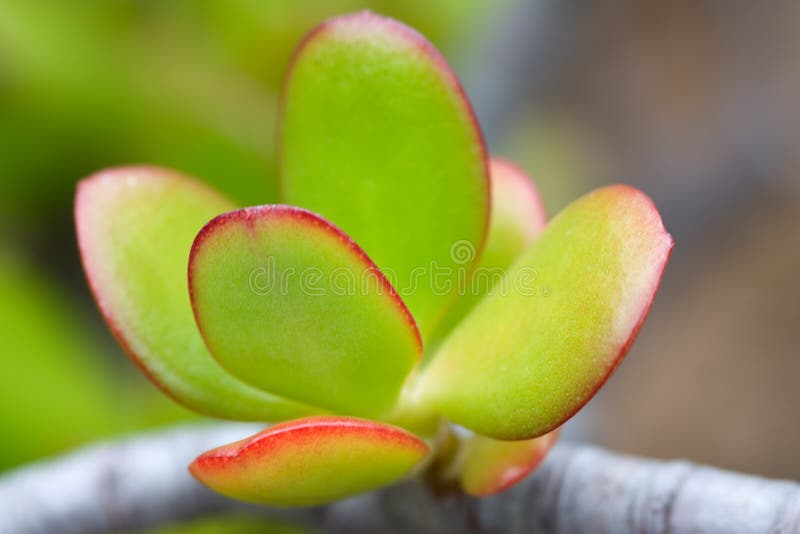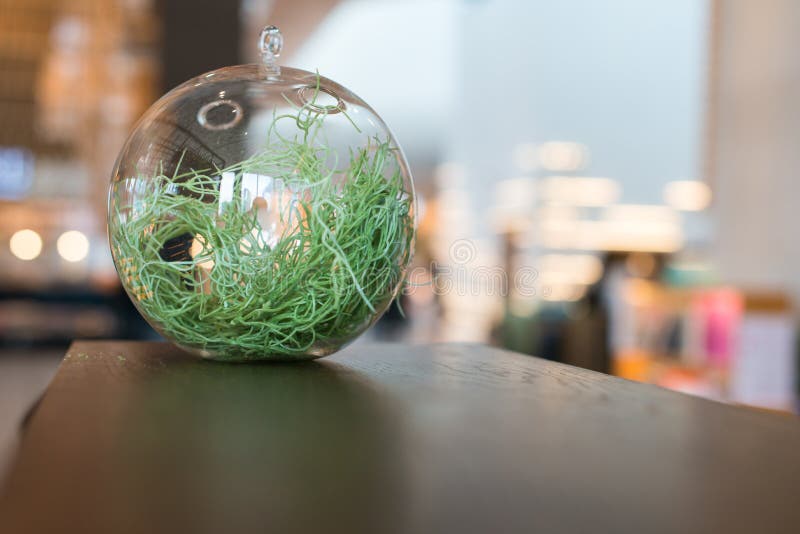HousePlantJoy is supported by our audience. When you purchase through one of our links, we may earn a small affiliate commission. As an Amazon Associate I earn from qualifying purchases. Your cost is not affected.
==================
Winter Indoor Plants; Tips in Handling Them
Winter is a fun season. You get to enjoy the cold weather with a cup of hot chocolate and some warm clothes. However, it can be a horrible time for your plants, especially winter indoor plants. In this article, we will talk about how to survive winter with indoor plants.
Winter indoor plants are the life of every home. They come in different shapes and sizes, but they all serve an important purpose to humans. Many people like to keep plants inside their homes. It gives them peace of mind knowing that there are living organisms helping clean the air around them.
Best Tips in Handling Winter Indoor Plants
However, what happens when winter comes? What will you do during winter with indoor plants? Here are some tips so you can survive winter indoor plants:
Keep them away from drafts
Drafty areas can cause plant leaves to dry out fast, which could lead to their death. If you have a hard time controlling how drafty your home is, try moving your plants into another room. Or, you can try getting an enclosure for them. You can also cover any openings that could allow wind to get inside your home.
Take them outside for some fresh air
You can do this once or twice during wintertime, but make sure that you are there with them. Only keep them out of the house for 5 – 10 minutes, and only if it is not raining. You should shelter the plants from harsh weather conditions as well.
Do not expose them directly to the sun because their leaves could burn up fast due to the cold temperatures and lack of light. Bring them back indoors as soon as possible so they can’t get exposed to the cold weather for too long.
Decrease watering and fertilizing frequency
Indoor plants don’t receive natural sunlight throughout the fall and winter months. With that, it is inevitable for their growth to slow down as well. To help you with your winter indoor plants, decrease their watering and fertilizing frequency. You can do this by doing soil tests and adjusting the pH level if necessary, as well as cutting fertilizer use in half.
Don’t let them dry out completely
During the cold season, plant roots don’t receive much water and they start to wilt fast. However, that doesn’t mean you should avoid watering them all together! If you see your winter indoor plants starting to show signs of wilting, consider giving them a bit of water at least twice a day. Just don’t put too much so they won’t rot from overwatering. Make sure that the soil is damp but not too wet so you don’t drown your plants.
Don’t place them near windows
Placing your winter indoor plants near a drafty window could greatly affect their health. This happens during wintertime when the cold air from outside can seep in through the opened windows. If you have to do this, consider covering all drafts with plastic sheets to avoid exposure.
Give them enough sunlight
IWinter indoor plants need a good amount of sunshine throughout the year in order for them to grow healthy and produce oxygen. However, keep in mind that natural daylight is not enough. This is because low levels of light penetration will cause weak growth. Moreover, it can reduce chlorophyll production. This will cause your plant leaves to turn yellowish-green instead of dark green.
If possible, take them outside during the daytime to get some natural sunlight. However, don’t leave them out for too long in order to avoid burning their leaves and plant materials.
Introduce them slowly to cold weather
If you live in a place where there are frequent changes of seasons (e.g. US Midwest), then it’s best that you slowly introduce your winter indoor plants into cold weather. You can do so by keeping them inside at least 3 weeks before winter starts. That way, they will already get used to the lower temperatures and won’t die so quickly from overexposure.
Winter is also a great time for winter indoor plants to photosynthesize and grow strong roots. Once spring comes around don’t forget to slowly introduce them back into the sun!
Place them in pots with drainage holes
If you are planning on moving your winter indoor plants during wintertime or bringing them outside for fresh air, then make sure that the pot has proper drainage holes. Why? Because if there is no place for excess water to drain out of the soil.
They will most likely rot because wet soil can easily cause plant stems to decompose or break apart. Additionally, be careful with how much water you give your winter indoor plants during the cold season. Excess water intake could also cause root rot.
Use portable heat pads
Putting one of these under your potted indoor plant will keep it toasty warm for the duration of winter. Ensure that your winter indoor plants are not sitting directly on top or against the pads. If you do so, they can dry out really quickly if there is no soil moisture left in their pots!
Use CO2 generators
If you have a greenhouse, then consider using CO2 generators to help strengthen your winter indoor plants’ cell structures. This can improve their rate of growth during cold seasons too. However, just be careful not to place them too close to the generator’s outlets.
If you do so, it could severely affect your plant’s health by drying them out faster than usual. Add some humidity if needed by spraying water onto the leaves periodically throughout the day. This way, your plants don’t get too out from overexposure to high levels of CO2.
Use fertilizers sparingly
Don’t use too much fertilizer. This could burn your indoor plant’s roots and damage their overall health (which will in turn reduce their rate of growth during winter). If possible, just mix some liquid fertilizers with water and only give them a bit of it around once or twice during this time period. It’s probably best that you don’t fertilize at all if they’re already weak from the cold weather outside!
Best Winter Indoor Plants for Cold Weather
You might be wondering, what are houseplants that can tolerate cold? Although there are plenty of winter indoor plants you can keep, here are some of the most common ones you can use to help purify indoor air during winter. These are plants that grow indoors in winter.
-Peace Lily (Spathiphyllum wallisii)
-Red Emerald/Money Plant (Episcia cupreata var. splendens)
-String of Pearls/Satin Pothos (Scindapsus aures or Epipremnum pinnatum)y
-Snake plant/Mother in Law’s Tongue (Sansevieria trifasciata ‘Laurentii’)y
-ZZ Plant (Zamioculcas zamiifolia)y
-Ficus/Weeping Fig (Ficus benjamina)
-Dracaena /Cornstalk Dracaena (Dracaena fragrans ‘Massangeana’)y
-Aloe Plant (Aloe barbadensis)
-Devil’s Ivy (Epipremnum aureum)
All of the plants listed above do well in average room temperatures and can grow fairly big in pots if you give them enough sunlight and fertilizer. All of these home depot winter plants can be store-bought too. Click here to find out more about what winter indoor plants will be most receptive to harsh winter climates!
Winter Succulents List
Succulents are best to have even during the winter season. They are resilient and can survive well even if not given adequate light or warmth. Here is a list of winter dormant succulents and winter indoor plants that do well during this season:
1. Aloe Vera
This is one of the most easily available succulents in big supermarkets all over the world because it has many uses for humans. It helps to heal burns, cuts, rashes, etc. Cut off some thick leaves from it and place them somewhere sunny before using its gel-like contents on your skin.
2. Jade Plant
Known as friendship plant or lucky plant, it brings prosperity to home when kept inside the house. This is because Jade signifies money according to Feng Shui techniques! Place this plant outside during wintertime after applying the protection method mentioned below to avoid damage!
3. Zebra Cactus
It has beautiful yellow and white stripes on its greenish body that resembles an animal like some other succulents like Aloe Vera (mentioned above). Plant it in some tiny pot using a cactus soil mixture for healthy growth!
4. Fish Bone Cactus
Its unusual spine formation looks like fish bones so its popular name is Fish Bone cactus. This plant needs lots of sunlight. So, place it somewhere where it can receive plenty of sunlight every day. If you do otherwise, the stems will start getting weak and fall off.
5. Snake Plant
It has long pointed leaves just like mother-in-law’s tongue. But it has sharp edges instead of blunt ones. This makes this plant more unique than its similar-looking relative. Put this plant in a well-drained soil mixture to avoid root rot and keep it away from direct sunlight.
6. Gasteria
It has leaves in spiral formation which are thick. However, it can grow slowly. With that, placing this plant inside the house will definitely help you in decorating your home! Grow it in some cactus soil mixture to provide adequate support for its extremely slow growth rate.
7. Donkey Tail/Beaucarnea Recurvata
This succulent is also known as Ponytail Palm, Elephant Foot Tree, and Elephant’s Foot Plant. This is because its stem looks like an elephant’s foot. Keep the plant dry throughout the winter season or else waterlogging can occur due to swelling of roots!
8. Donkey Tails/Beaucarnea
They look very similar to ‘Donkey Tail’/’Beaucarnea Recurvata’ (mentioned above). But, it has wider leaves that are pale green in color with long reddish tips.
9. Jade Plant or Crassula Ovata
These succulents have beautiful, smooth leaves variegated in attractive colors like lime green, pink, and white. This resembles Jade pieces! Growing it indoors during the winter season will help you save this plant from pot diseases caused by moisture buildup under the soil’s surface.
10. Air Plants
It does not require any soil at all to grow and you can keep it without having to worry much about its growth rate or development! Try placing them on some wall near a window that gets a good amount of sunlight for at least 4 hours daily.
Now that you know about some tough succulents, you can place them anywhere inside your house where they’ll receive proper light & warmth! Shielding them from frosty weather conditions will keep them safe throughout the wintertime. You can use old newspapers or Styrofoam pieces to do so.
Winter Indoor Plants for Cold Dark Rooms
If you are looking for a houseplant to keep in cold dark rooms, consider taking a look at our list of great winter indoor plants perfect for low light conditions. Knowing what houseplants will grow in the dark can be a challenge. However, we have put together a list of excellent choices to thrive even in poorly lit areas.
Indoor plant species suitable for low light levels:
- Aloe stems and leaves
- Bromeliad
- Chinese Evergreen
- Cast Iron Plant
- Dwarf Date Palm
- Ficus Elastica (Rubber Tree)
- Heart-Leafed Philodendron
- Jade Plant
- Lady Palm
- Money Tree
- Mother-In-Law’s Tongue
- Philodendron
- Pothos (Devil’s Ivy) (not a succulent, but it fits in this list perfectly!)
Conclusion
Winter does not have to stop you from keeping houseplants in your home. With the right plant species, your indoor garden will continue to keep you entertained throughout this season! Don’t forget to tell us about your favorite winter-resistant plants in the comment section below.
Thanks for reading! Have a nice day everyone.

